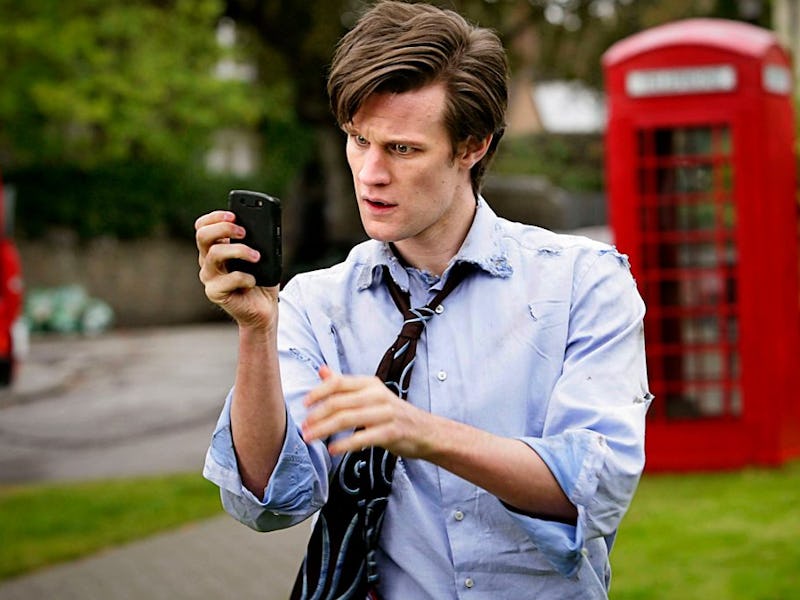15 Years Ago, Doctor Who Set Up A New Golden Age
“Hello. I'm the Doctor. Basically, run.”

When you tell people to watch Doctor Who, the first question they’ll ask is where to start. You can’t tell them to start from the show’s very beginning in 1963 because those episodes barely resemble the Doctor Who of today — and because of the BBC’s infamously bad archiving practices, some episodes aren’t available at all. You could tell them to start with the 2005 reboot, but that still saddles them with 15 seasons of TV to catch up on, which is a tough sell considering the next season premieres in just a few weeks. You could even tell them to start with the Disney+ seasons, but that misses out on so much of the series’ best moments.
The best answer for the ultimate Doctor Who entry point is a reboot that wasn’t really a reboot: the first episode of a new season, a new Doctor, and a new showrunner that somehow created the best Doctor Who crash course.
Fifteen years ago, Doctor Who was in flux. Russell T. Davies, the showrunner who regenerated the series back in 2005, stepped down. His successor was Steven Moffat, best known at that point for creating the sitcom Coupling and writing “Blink,” one of the greatest Doctor Who episodes ever. Davies wasn’t the only departure: after three seasons and change in the role, David Tennant was leaving the role of The Doctor, and at the end of the Season 4 finale he regenerated into a new form — the form of Matt Smith.
The Doctor and young Amy investigate the crack in her bedroom wall.
So there was a lot riding on “The Eleventh Hour,” the Season 5 premiere. It had to prove that both Moffat and Smith understood the ins and outs of this iconic series, while also presenting a new version of the title character for fans’ approval.
The episode begins where the last left off, with the Doctor, still in his last form’s clothes, trying to get his ship, the TARDIS, back under control. He lands in a backyard of a house in a small English town, where he finds Amelia Pond, a young girl with ginger hair who bring him inside and feeds him food to serve his brand-new taste buds. In this case: fish fingers and custard. He sets off a quick five-minute trip to stabilize the TARDIS, promising to come back soon and help her with the scary crack in her bedroom wall.
Unfortunately, that five-minute trip for the Doctor takes 11 years for Amelia, a full-grown woman who now goes by the name Amy and works as a “kissogram.” When the Doctor returns, she’s baffled by the man who everyone told her was her imaginary friend being back in her life, but the Doctor has a more pressing issue: a looming alien invasion that has coma patients walking and talking.
The eleventh Doctor sees an image of the first Doctor in “The Eleventh Hour.”
The climax of the episode serves as the perfect introduction to the Doctor himself. Face to face with an alien threat, he manages to defend the Earth merely by bringing up his reputation. “Is this world protected?” he asks, “Because you're not the first lot to come here. Oh, there have been so many.” Images of his previous forms flash in front of his face. “And what you've got to ask is, what happened to them?”
The episode doesn’t just provide well-needed context for Doctor Who’s past, it also sets up one of the most exciting season-long plots of the series. The crack in Amy’s wall isn’t just in her wall, it’s in the entire universe. It’s something the alien Prisoner Zero (in the form of future Oscar winner Olivia Colman) teases at a key moment: “The universe is cracked. The Pandorica will open. Silence will fall.”
Every Doctor’s first episode is its own reboot, but “The Eleventh Hour” managed not just to catch viewers up on what happened, but to sell them on what was coming ahead. It’s the kind of pilot that would work on a brand-new series: the fact it’s part of the longest-running sci-fi series just makes it even more impressive.